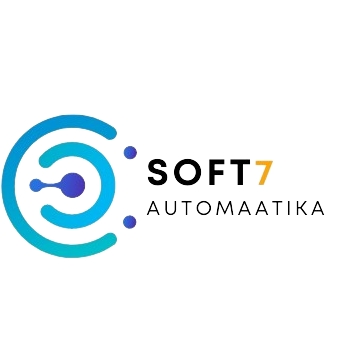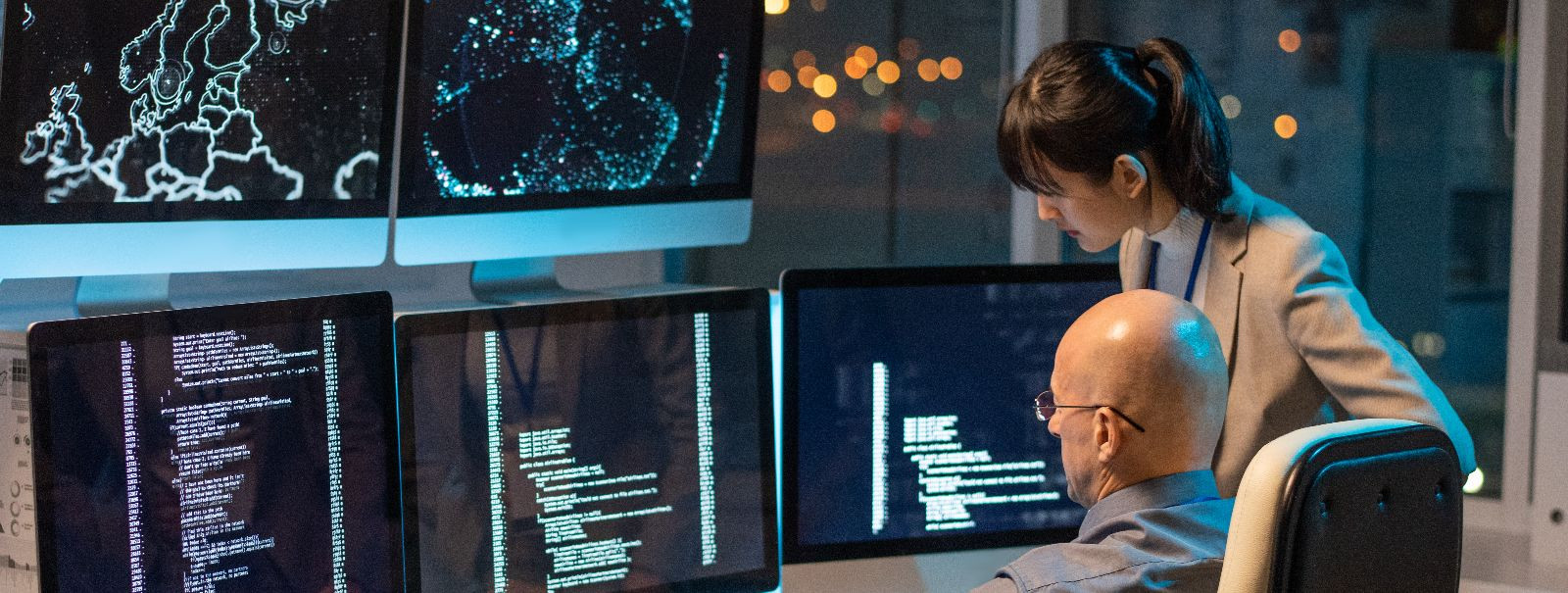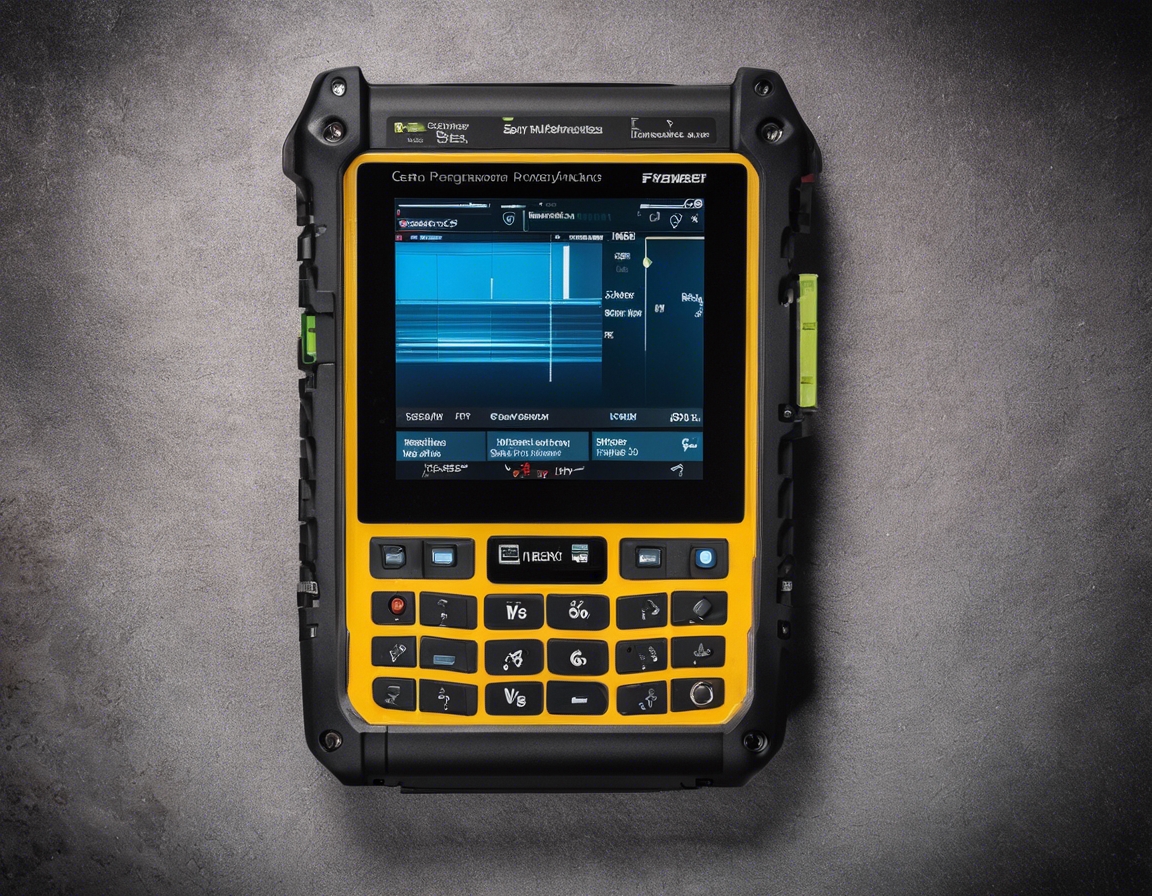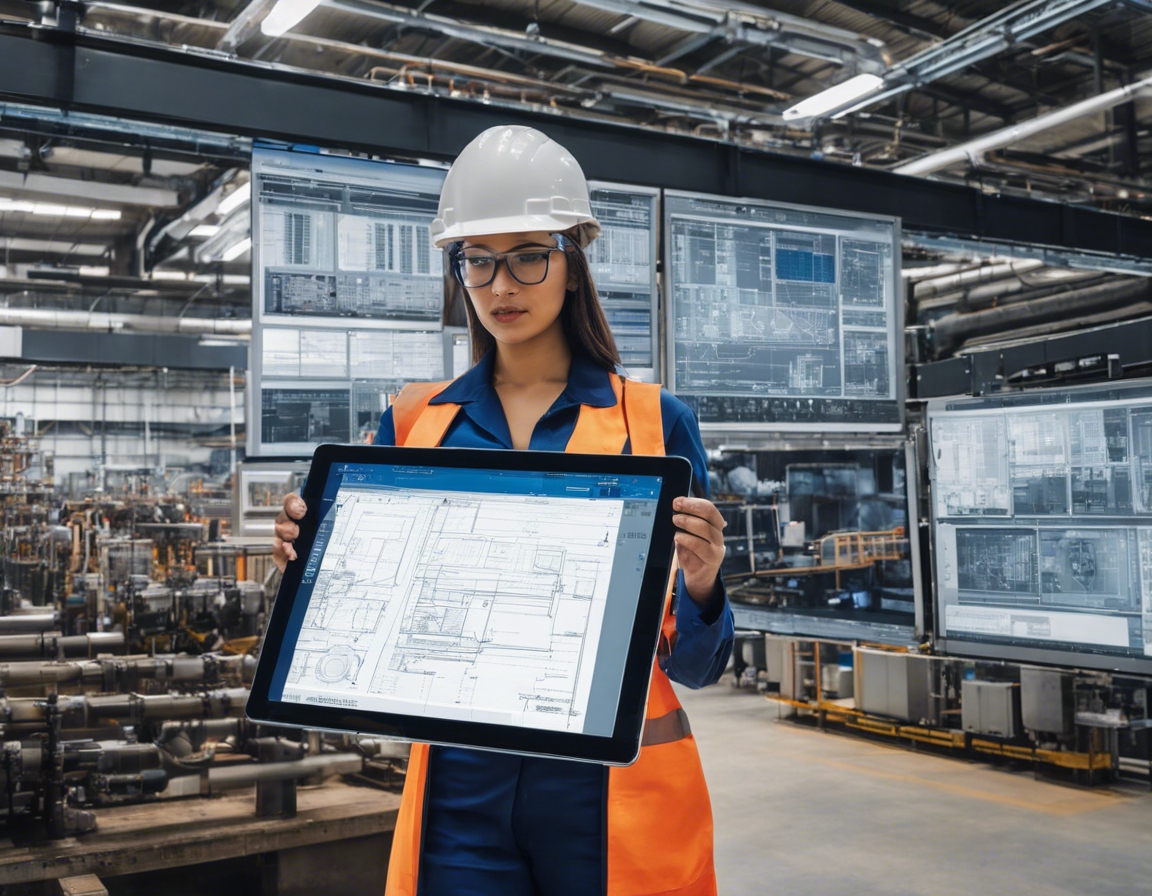The future of scada: trends to watch in visualization
Supervisory Control and Data Acquisition (SCADA) systems have been the backbone of industrial automation for decades. These systems allow for the monitoring and control of industrial processes across various sectors. As technology advances, SCADA systems are undergoing significant transformations, particularly in the realm of visualization—a critical component for efficient process management.
Emerging Trends in SCADA Visualization
Augmented reality is poised to revolutionize SCADA visualization by overlaying digital information onto the physical world. This trend enables operators to interact with their systems in a more intuitive and immersive way, leading to quicker diagnostics and problem resolution.
High-Performance Human-Machine Interfaces (HMI) are designed to provide operators with clearer insights and less clutter. These interfaces focus on situational awareness and actionable data, reducing response times and improving overall system management.
The shift towards mobile and cloud-based SCADA systems allows for remote monitoring and control, offering flexibility and accessibility. This trend is particularly beneficial for industries with geographically dispersed assets.
By integrating advanced analytics and big data, SCADA systems can leverage predictive maintenance, optimize operations, and enhance decision-making processes. This trend is a game-changer for industries looking to capitalize on the vast amounts of data they generate.
As SCADA systems become more interconnected, the need for robust cybersecurity measures has never been greater. Future trends indicate a focus on securing visualization tools to protect against potential breaches and vulnerabilities.
Customization and user-centric design are becoming essential in SCADA visualization. Systems that cater to the specific needs of operators and industries can significantly improve efficiency and user satisfaction.
Interoperability and standardization are key trends that will facilitate the integration of SCADA systems with other industrial automation tools. This will enable seamless data exchange and process optimization across different platforms.
The Impact of These Trends on Industries
The adoption of these visualization trends is expected to lead to increased operational efficiency, with streamlined processes and reduced downtime.
Enhanced visualization tools provide critical information at a glance, aiding in faster and more informed decision-making.
By optimizing SCADA systems with these trends, industries can expect cost reductions and a higher return on investment due to improved process management and reduced waste.
With better visualization and control, industries can ensure enhanced safety for their workforce and adherence to compliance standards.






Comments (0)